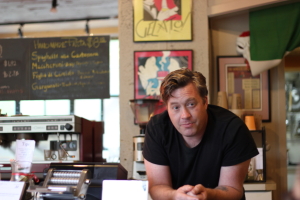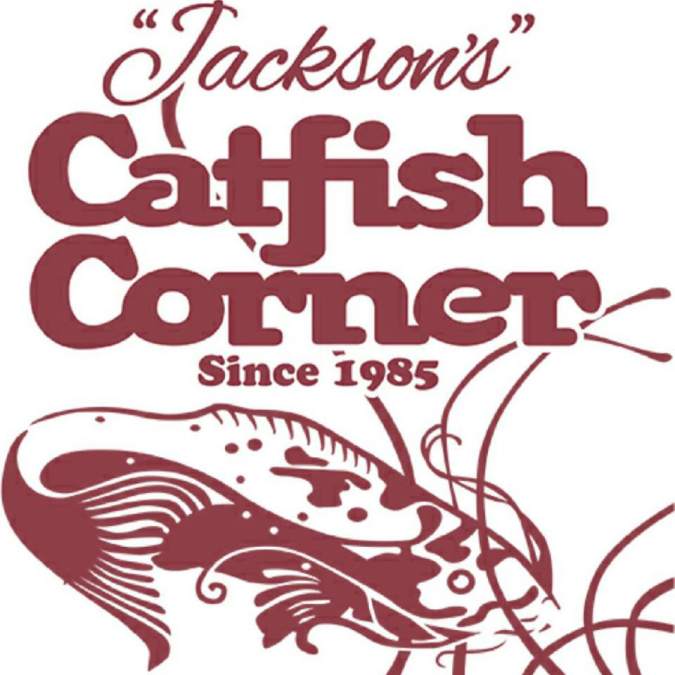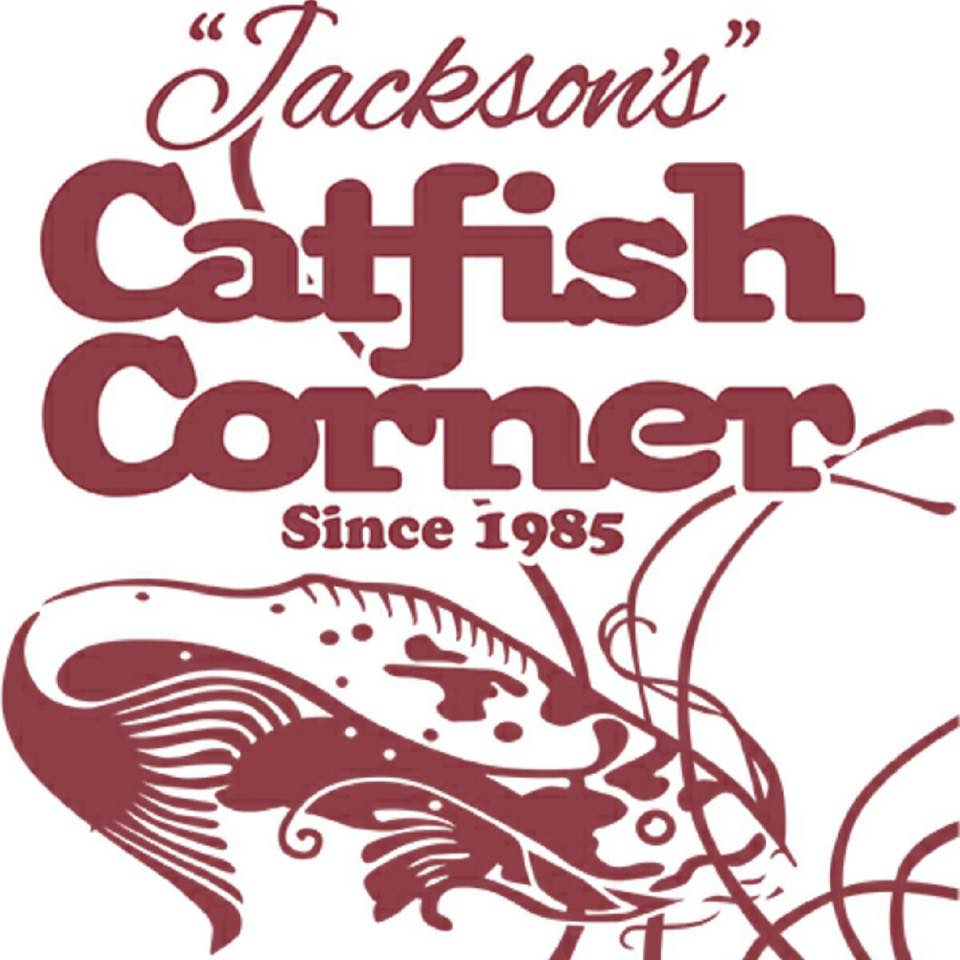At this point in your life, you’ve likely either heard of or been invited to participate in a crowdfunding campaign. It could be a friend, a relative, or some unknown with a cool idea—the use of the Internet to raise venture capital has gone from quirky to bona fide. Worldwide, crowdfunding platforms have grown from $530 million in 2009 to a whopping $5.1 billion in 2013. And they show no sign of slowing.
2014 saw a rapid rise in the use of platforms such as Kickstarter and Indiegogo to fund everything from the infamous $55,000 potato-salad prank to your favorite food pop-up or truck moving into a brick-and-mortar space. Restaurants are even using crowdfunding to support specific portions of their business—such as the soon-to-be-opened Mammoth on Eastlake, which is raising capital for its growler system.
In Seattle, many have become armchair venture capitalists by funding several notable local food businesses: Mike Easton’s Pizzeria Gabbiano; Big Chickie and Tin Umbrella Coffee in Hillman City; the soon-to-be-opened Coyle’s Bakeshop in Greenwood; Culture Club on Capitol Hill. There was even a Kickstarter attempt to save our beloved Paseo.
There are now platforms dedicated solely to food-related startups: Barnraiser.us, Foodstart, EquityEats, IconPark. In general, crowdfunding takes two forms—donors receive either some type of reward from the entrepreneur, such as a product or service, or equity in the venture.
The Puget Sound Business Journal reported in November 2013 that steakhouse Miller’s Guild, founded by veteran restaurant owner Kurt Huffman, was funded largely by nine partners who kicked in $500K total. But an additional $41K—$13K more than their goal—was raised via Kickstarter. Why did they use Kickstarter? Commercial lenders are hesitant to put funds into unique restaurants without a track record.
Mike Easton experienced this firsthand when seeking funding for Roman-style Pizzeria Gabbiano in Pioneer Square. Even though Easton’s Il Corvo is wildly successful, it had been in business just under two years when he and his wife were looking for funds for Gabbiano. This basically kept the couple from leveraging commercial banking, so they instead chose to work with Community Sourced Capital (CSC), a local organization that crowdfunds small businesses via zero-interest microloans made $50 at a time by individuals.
Asked about his choice to work with CSC versus Kickstarter or traditional banking or partnership models, Easton said, “There’s something about asking for a gift of money from people I don’t even know that doesn’t sit well with me. I feel like there’s a certain entitlement involved, which I didn’t want to be obligated to fulfill. I felt better about using CSC for our loan. All the people who invested are getting their money back, and at the end of the day I know that I’ve worked for every ounce of this restaurant.”
The use of crowdfunding platforms as marketing tools to engage the community prior to opening a restaurant is also an evolving trend. Given that many pop-up and mobile food businesses have already built large followings through social networking, it seems natural for them to eschew traditional partnerships and financing. In many cases, these networks are key—leveraging your nation of food followers and tapping into their networks help fund your move into the big time. No loan applications, no schmoozing investment partners—just engaging with your faithful customers may be enough to raise the funds you need.
Lisa Nakamura (formerly of Allium on Orcas Island) recently ran an Indiegogo campaign to help fund her new venture, Gnocchi Bar. She chose that platform over CSC for two reasons: She hasn’t yet secured the bar’s location, which is required for CSC; and with Indiegogo you get to retain the majority of your funds even if you don’t reach your target goal.
While the campaign didn’t hit its overall target, Nakamura did see some positive impact from a marketing perspective: “I was expecting friends to step up to the plate, and they did. But it was also really cool and encouraging to see others come out of the woodwork. I didn’t know them, but they had heard about me—and they thought I had a worthy cause. Every dollar people contributed was a dollar towards a marketing campaign. It helped get the word out about the project. It was the most valuable thing about running the campaign—it brought Gnocchi Bar to a wider audience.”
To be fair, not every crowdfunding campaign is successful. In some estimates, nearly two-thirds of all campaigns fail to meet their financial goals. And while it may seem like a simple way to raise capital, in reality it’s anything but. Scott Heimendinger, inventor of the Sansaire immersion circulator, once told me that running his Kickstarter campaign was akin to “having a baby.”
Asked about her process, Nakamura said, “We did six revisions of our video, and I learned that you really need to sell your story—not just what you’re doing, but why. Why is it so important? What makes it worthwhile? Why you? It was a great exercise to start asking yourself those questions and really clarify your business plan.”
The question for aspiring food-business owners is: Has crowdfunding become the primary way for both aspiring and veteran restaurateurs to raise capital? For those with a dream and a following who want to avoid the arduous process of bank financing, it certainly seems to be.
food@seattleweekly.com








